Cycling is something different to everyone. It can be a mode of transportation, a way to de-stress from everyday life, or the means to push yourself to the limit of your ability. There is nothing quite like the exhilarating feeling of riding a bike, a kind of universal emotion that anyone who has hopped up on those two wheels can relate to.
As something that inspires so many, there have been a lot of quotes that have come out of the world of cycling over the years. From professional cyclists to cultural icons, here are some of the best cycling quotes to get you inspired.
“Ride as much or as little, as long or as short as you feel. But ride” – Eddy Merckx, Belgian cyclist
“The race is won by the rider who can suffer the most” – Eddy Merckx, Belgian cyclist
“When it’s hurting you, that’s when you can make a difference” – Eddy Merckx, Belgian cyclist
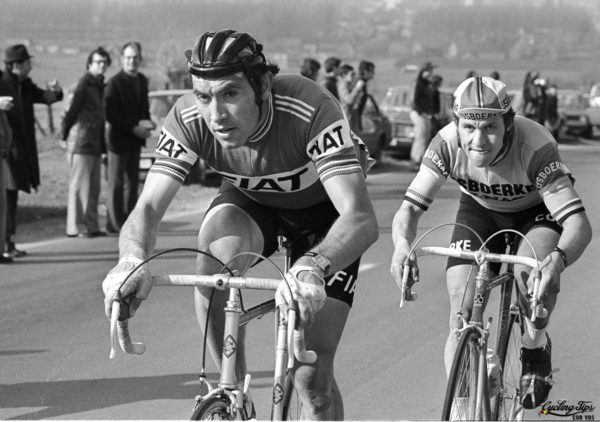
“Cycling isn’t a game, it’s a sport. Tough, hard and unpitying, and it requires great sacrifices. One plays football, or tennis, or hockey. One doesn’t play at cycling” – Jean de Gribaldy, French cyclist
“As long as I breathe, I attack.” — Bernard Hinault, French cyclist
“It doesn’t matter if you’re sprinting for an Olympic gold medal, a town sign, a trailhead, or the rest stop with the homemade brownies. If you never confront pain, you’re missing the essence of the sport” – Scott Martin, American Paralympian

“When your legs scream stop and your lungs are bursting, that’s when it starts. That’s the hurt locker. Winners love it in there” – Chris McCormack, Australian triathlete
“When my legs hurt, I say: “Shut up legs! Do what I tell you to do!” – Jens Voigt, German cyclist
“It never gets easier, you just get faster” – Greg LeMond, American cyclist
Embrace your sweat. It is your essence and your emancipation. —Kristin Armstrong, American cyclist
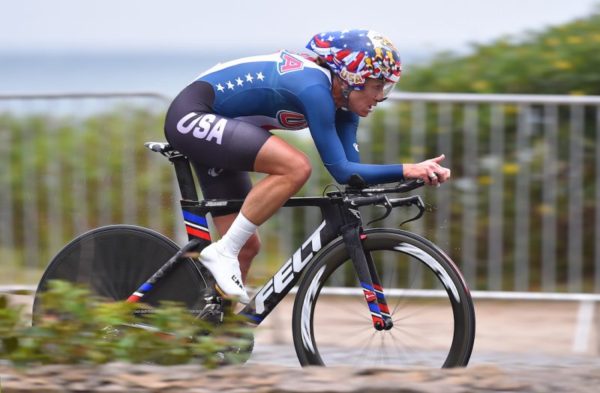
“Nothing compares to the simple pleasure of riding a bike” – John F Kennedy, President of the United States
“It is by riding a bicycle that you learn the contours of a country best, since you have to sweat up the hills and coast down them” – Ernest Hemingway, American novelist
“The bicycle has done more for the emancipation of women than anything else in the world.” — Susan B. Anthony, American women’s rights activist
“Life is like riding a bicycle. In order to keep your balance, you must keep moving.” — Albert Einstein, genius
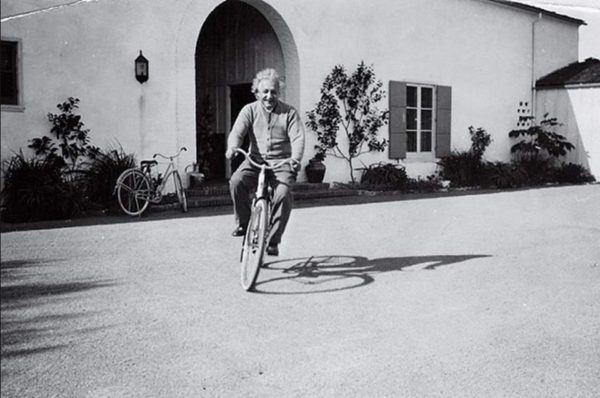
“Bicycling is a big part of the future. It has to be. There’s something wrong with a society that drives a car to workout in a gym.” — Bill Nye, American scientist
“Cyclists see considerably more of this beautiful world than any other class of citizens. A good bicycle, well applied, will cure most ills this flesh is heir to” – Dr K.K. Doty
“You can. You should. And if you’re brave enough to start, you will.” — Stephen King, American novelist
“When the spirits are low, when the day appears dark, when work becomes monotonous, when hope hardly seems worth having, just mount a bicycle and go out for a spin down the road, without thought on anything but the ride you are taking.” – Arthur Conan Doyle, Sherlock Holmes author
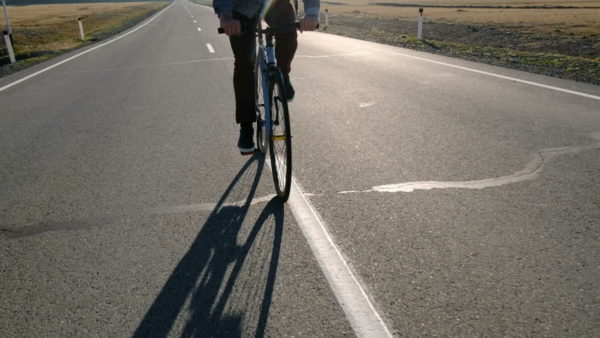
“You are one ride away from a good mood.” – Sarah Bentley
“My eight-year-old old daughter: ‘this hill is so steep, my legs are out of breath.”’ – Mike Griffiths
“Give a man a fish and feed him for a day. Teach a man to fish and feed him for a lifetime. Teach a man to cycle and he will realize fishing is stupid and boring.” – Desmond Tutu, South African clergyman

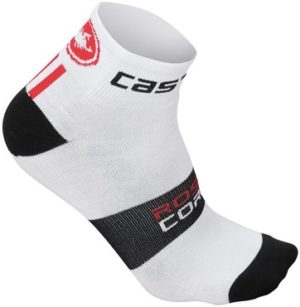
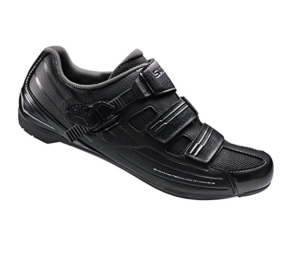
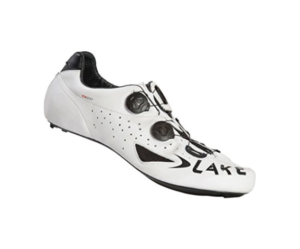
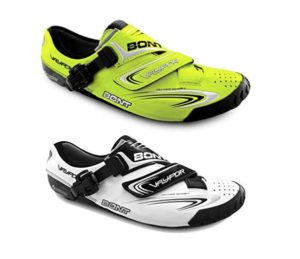
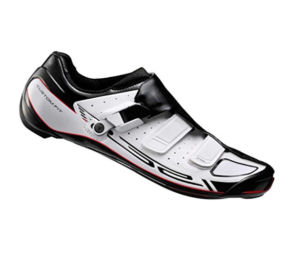
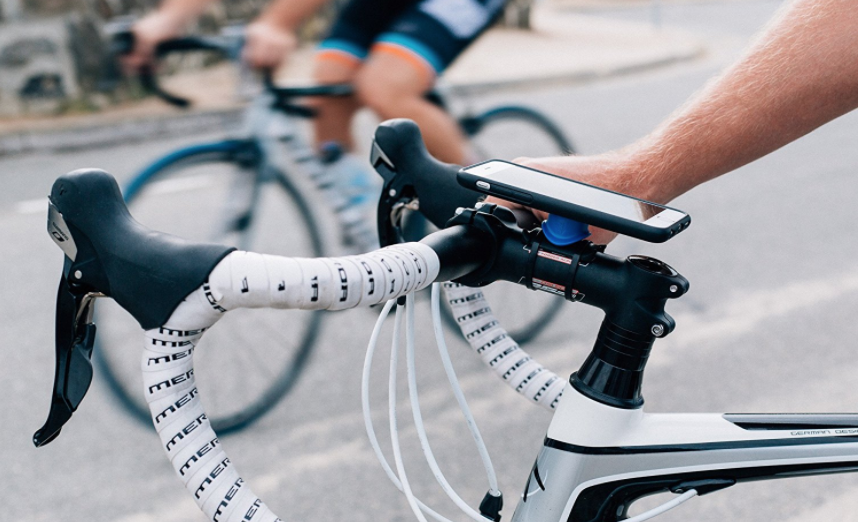
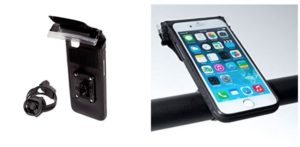
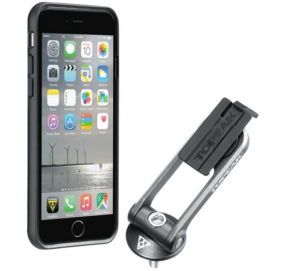
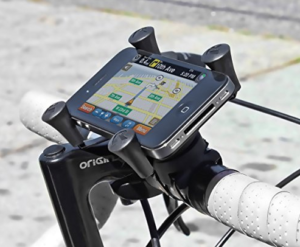
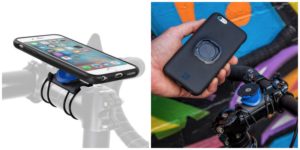
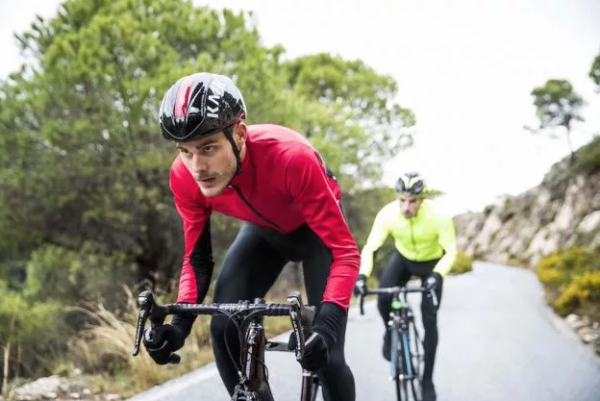
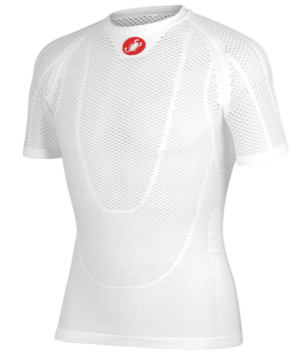
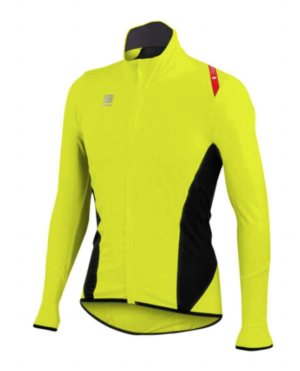
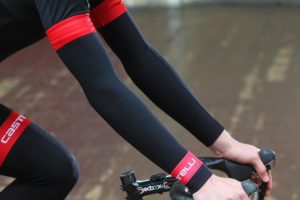
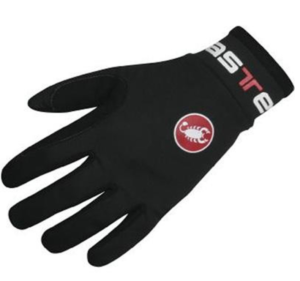

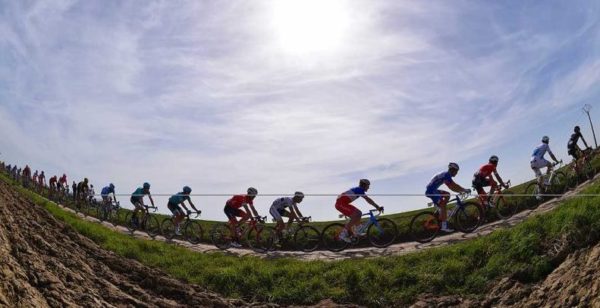

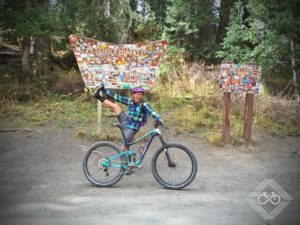
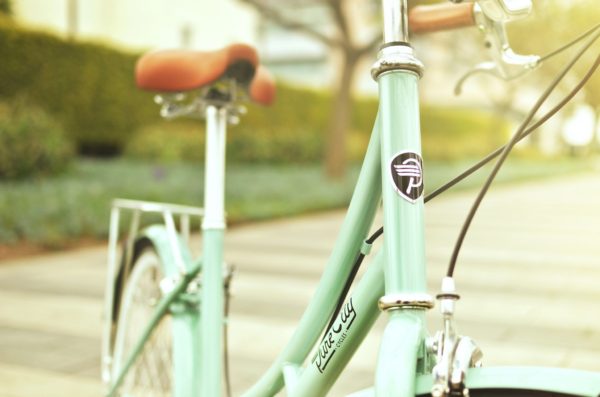
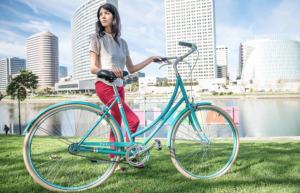
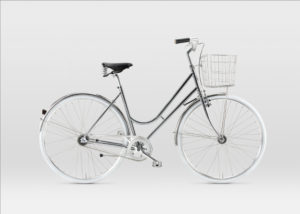
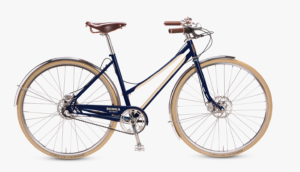
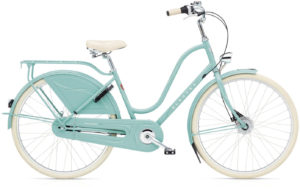
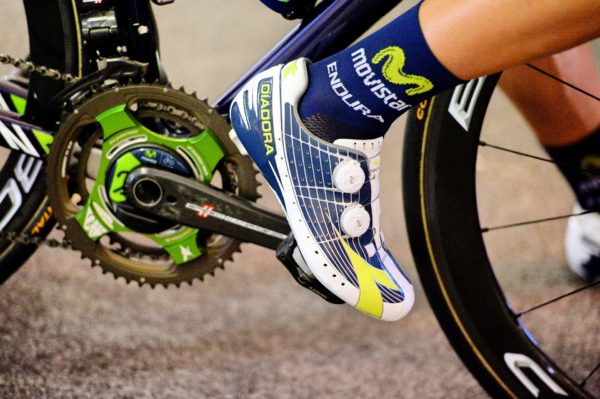
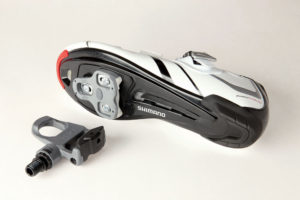
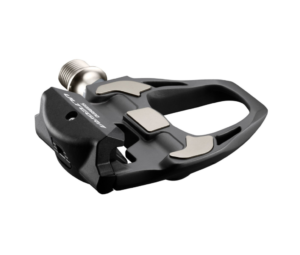
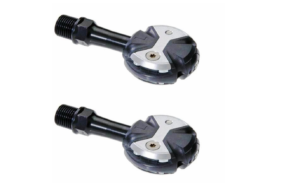
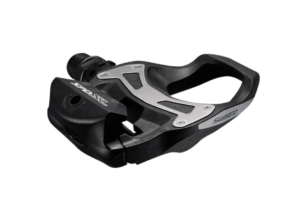
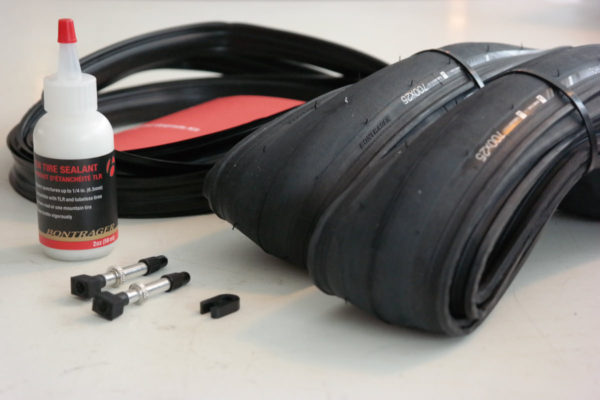
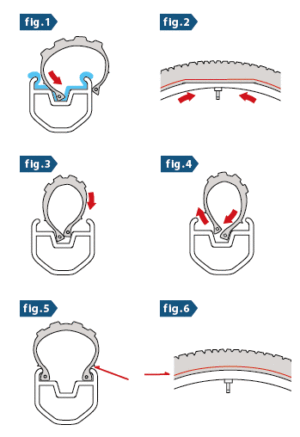
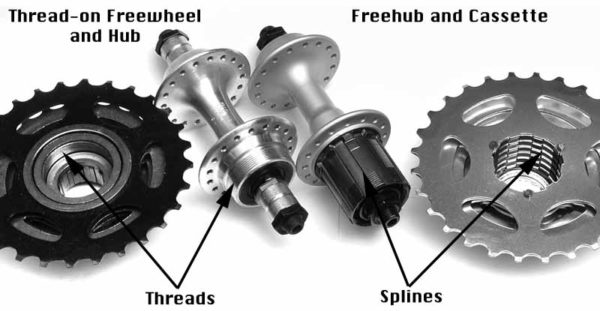

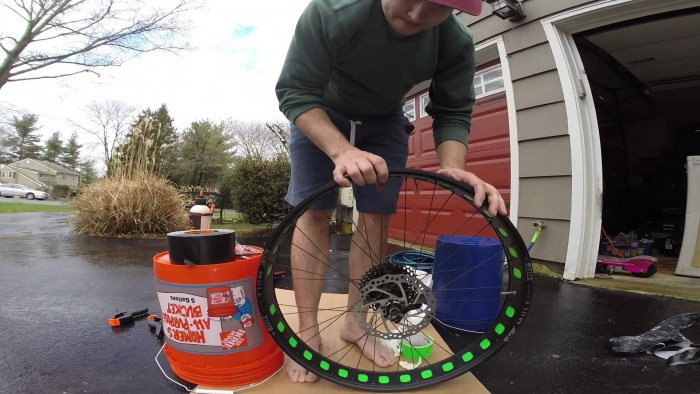
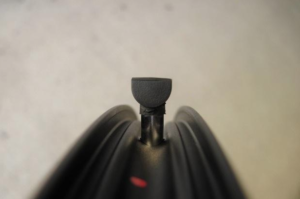
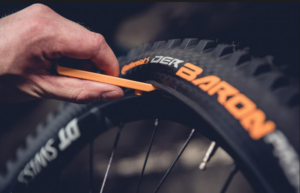 Lets face it: Tubeless is annoying to set up without a compressor. Thankfully
Lets face it: Tubeless is annoying to set up without a compressor. Thankfully